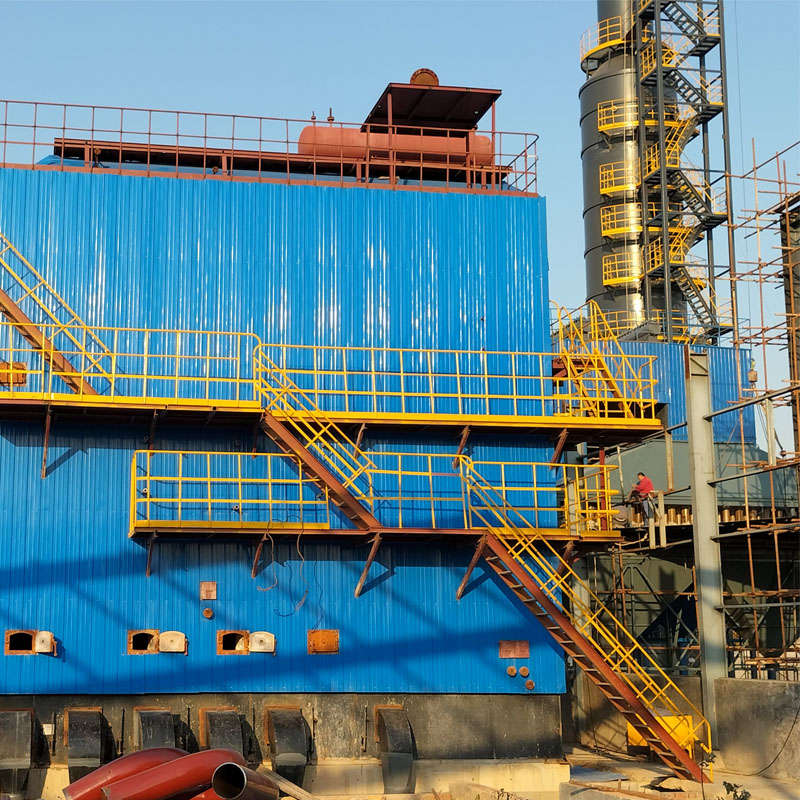
अक्ट . 15, 2024 13:43 Back to list
how does a hot water boiler work
How Does a Hot Water Boiler Work?
A hot water boiler is an essential component in many heating systems, providing warmth and comfort in homes and industrial settings. The functioning of a hot water boiler revolves around the principles of thermodynamics and fluid mechanics. This article will delve into how a hot water boiler works, its components, and its applications.
The Basics of Boiler Functionality
At its core, a hot water boiler converts energy from fuel sources, such as natural gas, oil, or electricity, into heat. This heat is then transferred to water to produce hot water for various applications, including space heating, domestic hot water, and industrial processes. The process begins when cold water enters the boiler and is heated to the desired temperature before being circulated throughout the building.
Key Components
1. Burner The burner is the component that ignites the fuel. In gas boilers, for instance, natural gas or propane is mixed with air in the burner and ignited. The resulting flame produces the necessary heat to warm the water.
2. Heat Exchanger The heat exchanger is a critical part of the boiler, as it transfers heat from the burning fuel to the water. The heat exchanger can be made from various materials, including copper, steel, or cast iron, which are effective at conducting heat.
3. Circulating Pump The circulating pump moves the hot water from the boiler to the heating system and back. It ensures a continuous flow of water, maintaining consistent temperatures throughout the system.
4. Expansion Tank As water heats up, it expands. The expansion tank accommodates this increased volume and helps maintain consistent pressure within the system, preventing potential leaks or ruptures.
how does a hot water boiler work

5. Controls and Thermostats Modern boilers are equipped with sophisticated control systems that regulate temperature and pressure. Thermostats monitor the temperature of the water and signal the boiler to turn on or off, ensuring efficient operation.
The Heating Process
When the boiler is activated, the burner ignites, producing heat that is absorbed by the heat exchanger. Cold water from the return lines enters the boiler and circulates around the heat exchanger, absorbing heat as it passes through. Once the water reaches the set temperature, it is pushed back into the heating system, where it flows through radiators, underfloor heating, or other distribution methods.
After the water releases its heat into the living space, it returns to the boiler to be reheated, completing the cycle. This process is continuous as long as there is a demand for heat.
Applications
Hot water boilers are utilized in various residential and commercial applications. In homes, they provide heating for radiators and hot water for faucets, showers, and appliances. In industrial settings, hot water boilers can be crucial for processes that require high-temperature water or steam, such as manufacturing, food processing, and chemical production.
Conclusion
In summary, a hot water boiler plays a pivotal role in heating systems by transforming energy into warmth. Understanding how these systems work is essential for homeowners and businesses alike, as it can help in maintenance, troubleshooting, and ensuring energy efficiency. With advancements in technology and design, modern hot water boilers are more efficient and environmentally friendly than ever, making them a cornerstone of comfortable and effective heating solutions.
-
How to Maintain a Steam Boiler Expert Tips for Efficiency & Longevity
NewsApr.29,2025
-
Professional Steam Boiler Service AB Expert Maintenance & Repair
NewsApr.29,2025
-
Hot Water Steam Boilers Efficient Heating Solutions & Expert Tips
NewsApr.29,2025
-
Hot Water Boiler Capacity Calculation Guide Efficient Design Tips
NewsApr.28,2025
-
How to Drain a Steam Boiler Step-by-Step Safety Guide
NewsApr.28,2025
-
How to Install a Hot Water Boiler Optimal Pressure & Efficiency Guide
NewsApr.28,2025
Related PRODUCTS






















